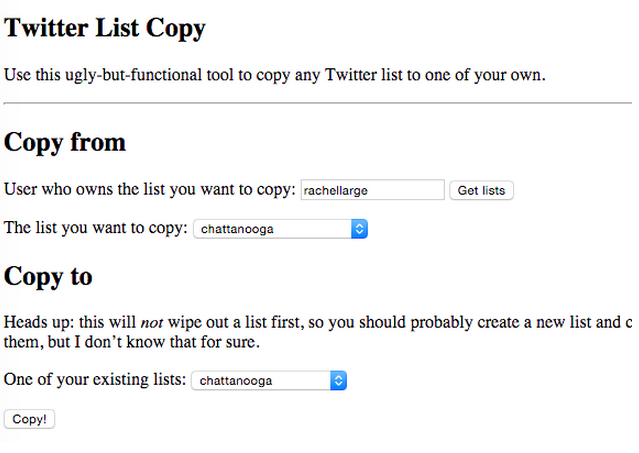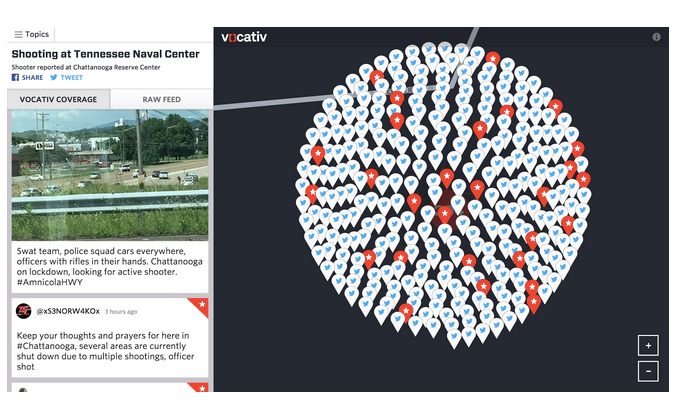On July 16th, 2015, shocked residents of Tennessee’s fourth-largest city, Chattanooga, were coming to terms with the sudden and tragic killing of four marines and a 24-year-old assailant. Grief-stricken families and friends of the marines were stunned by events. Neighbours of the gunman, Mohammad Youssuf Abdulazeez, questioned how the friendly “good samaritan” could commit such an act. Federal investigators were deciding whether the incident was a domestic terror attack.
State and national US reporters descended on Chattanooga; Twitter hashtags emerged — #Chattanooga, #ChattanoogaShooting and #PrayForChatt. These helped to follow the story from afar, but national news can be sparing and sometimes miss the local context, while hashtags can be overwhelmingly noisy.
Local reporters, officials, residents and civil society leaders are the people best equipped and best connected to get beneath the story, put it in context, and treat it with the sensibilities it warrants. Having all of these people on a single Twitter list is often the best way to stay on the pulse of the story.
Indeed, a good list often reveals a story in the round, enabling us to appraise all of the available information and giving a birdseye view to complement what is being relayed by a single reporter on the ground. This is particularly advantageous in a high-frequency breaking news story where local reporters and official sources are combined into a single feed.
Follow events happening in #Chattanooga on our list of local sources http://t.co/Hx8VuqpSN3 Photo: @GettyImagesNews pic.twitter.com/mTYLDY0SnN
— reported.ly (@reportedly) julio 17, 2015
Reported.ly did not have a list for Chattanooga when the story broke. We created one in minutes using the following steps:
Search Google for Twitter lists created by other people using site:twitter.com/*/lists/Chattanooga.

Go to your Twitter profile and create a new list for Chattanooga. Reported.ly has over 300 public lists that are freely available for use. We monitor them using Tweetdeck and HooteSuite and they are the lifeblood of our reportage and outreach.

Open Noah Liebman’s Twitter List Copy tool and authorise your Twitter account to use it. You might choose to donate a few dollars to Noah for his generous work.

This tool doesn’t just copy lists, it merges lists if you choose to repeat with several. So if the same source exists on each list, that source is added just once to your new list.
Appraise the lists you want to merge. Look at how the lists are behaving now — are they too fast, too noisy, focused on a subtopic (within Chattanooga, for example) or otherwise irrelevant?
Merge the lists that you feel are the most valuable and observe the new list. Generally, the best sources bubble to the top, either through Retweets or mentions so make sure you add those users to your list while the story is active.
This approach works well for a topic as distinct as Chattanooga. We applied the same technique for the Nepal earthquake, merging the lists of aid workers and journalists based in Kathmandu and elsewhere in Nepal. The initial Google search terms you use may require some creativity in broader categories like New York or New Jersey.
Geolocation tools like SAMDesk, Gramfeed and Twitter Search using latitude-longitude will also identify other sources and content that might not be on your lists. Vocativ shared an interesting new tool on the day too, showing geo-located responses to those shocking events.

As a final point, be sure to approach online sources sensitively and ethically. For best practice guidance, follow the work of Eyewitness Media Hub and Witness.org.



